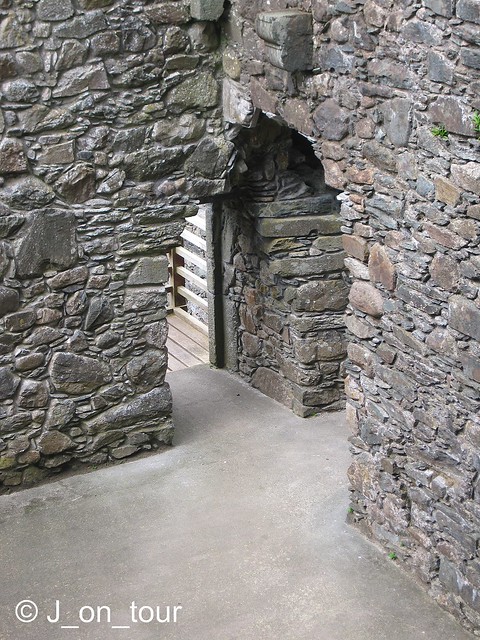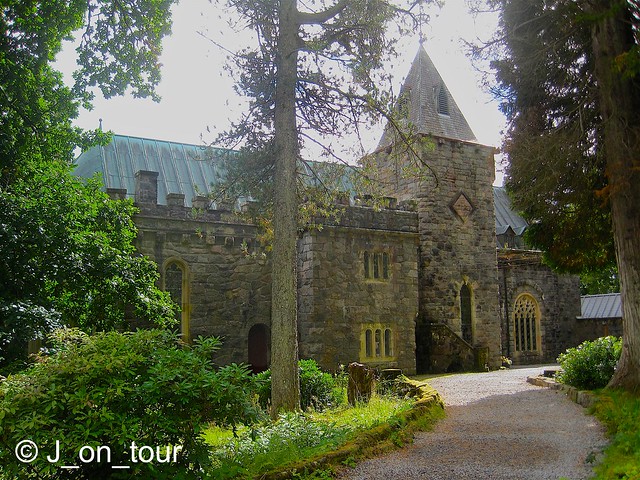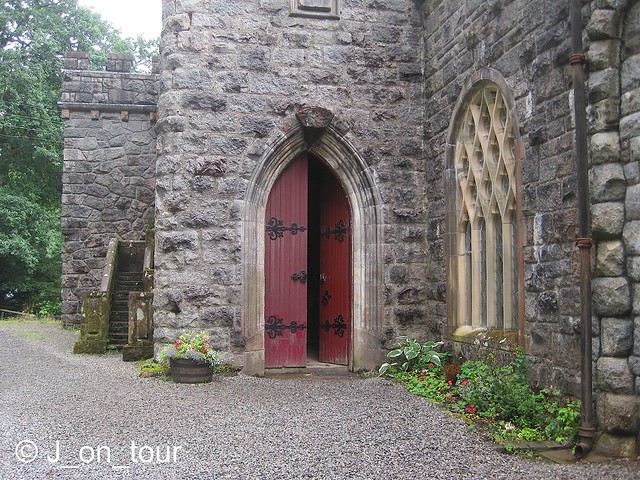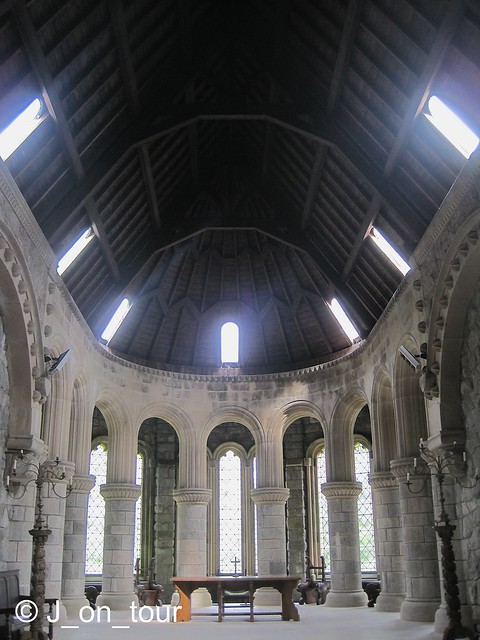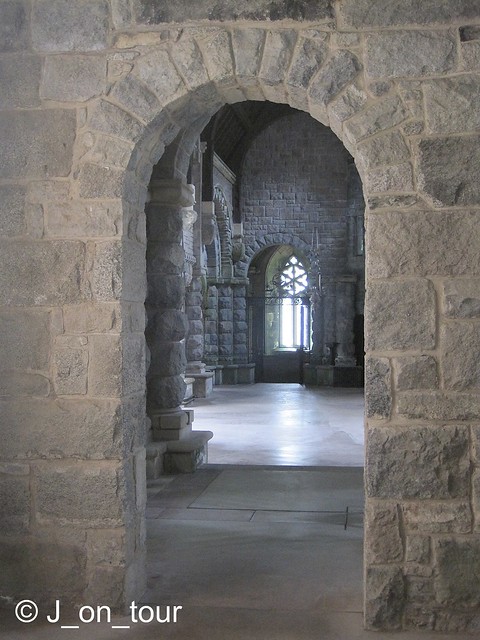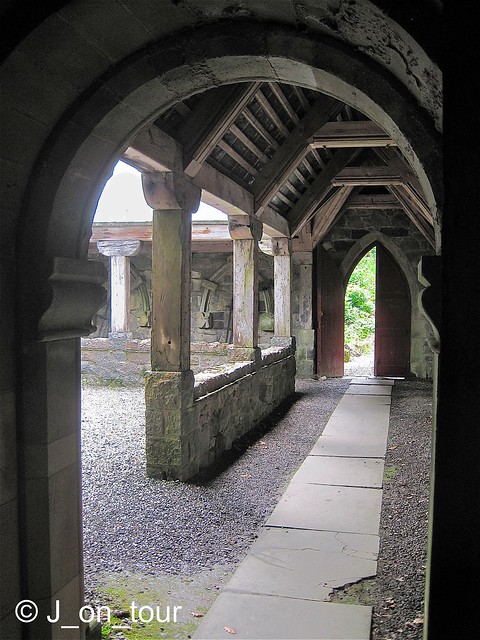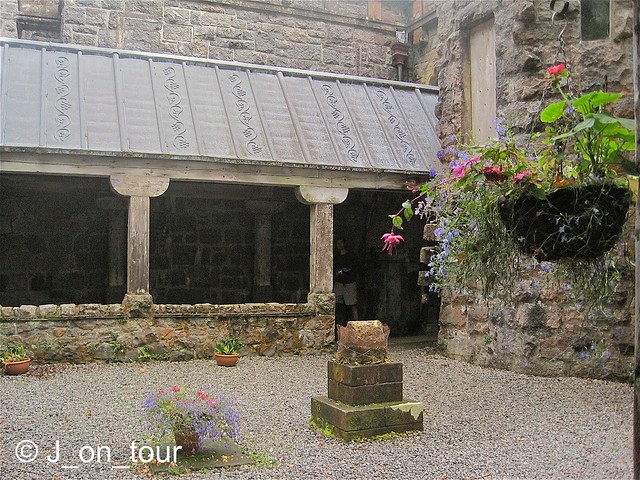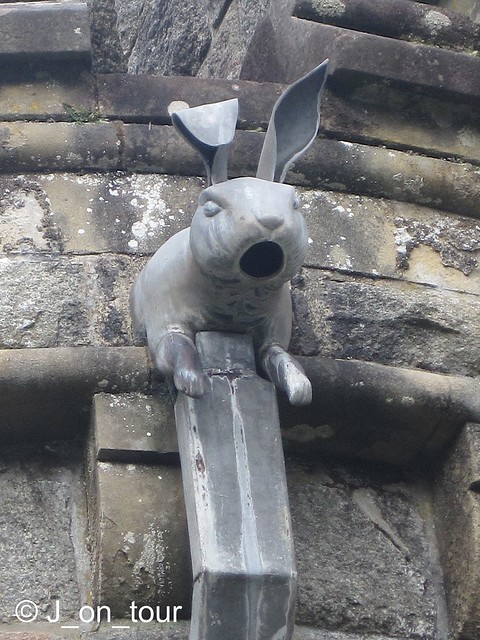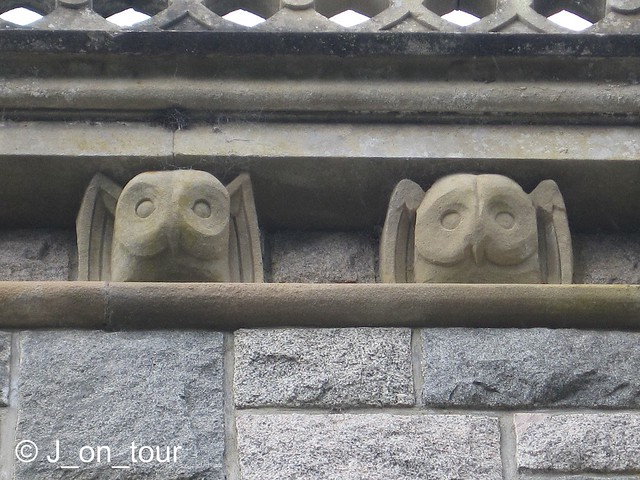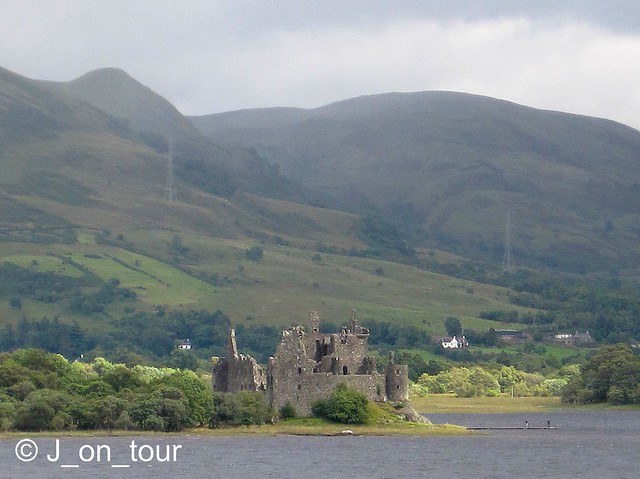
Kilchurn Castle is the most famous view on the shores of Loch Awe as it is usually the subject of Scottish scenic calendars.
The castle which is now situated on a peninsula was once located on its own island until 1817 when the water level was slightly lowered due to the exits of the Loch being tampered with. It is thought that it was joined by an underwater causeway.
The car park wasn't signposted and I back tracked a few times to find a road exit on the Loch side. The walk to the castle wasn't a short one and included going under the Glasgow - Oban railway. The reason I included the bridge photo (below) apart from demonstrating the low cloud, was to mention that I have seen this castle on numerous occasions from the train when I followed the class 37 diesels when they worked these lines up to 1989. These days my visits to these parts are by an extremely long day charter train and are less frequent ( bi annual May bank holiday ... including this year, Oban blog label ). The Castle is quite difficult to photograph as the train moves at speed with a mix of numerous tree obstructions and photographers fighting for a window space !!
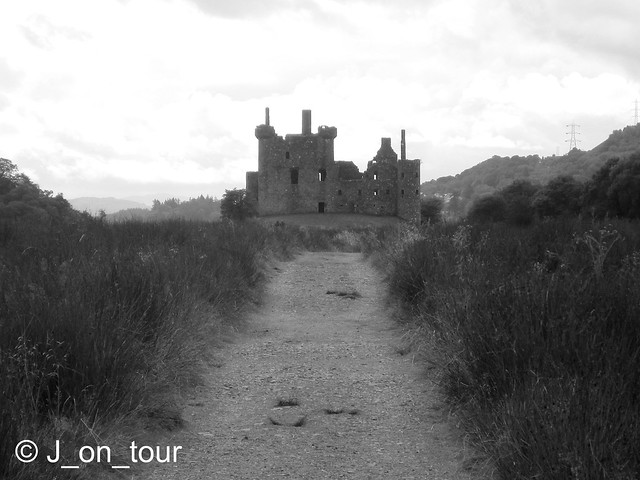
...the atmosphere is definitely not helped by the dark and looming clouds of the day....
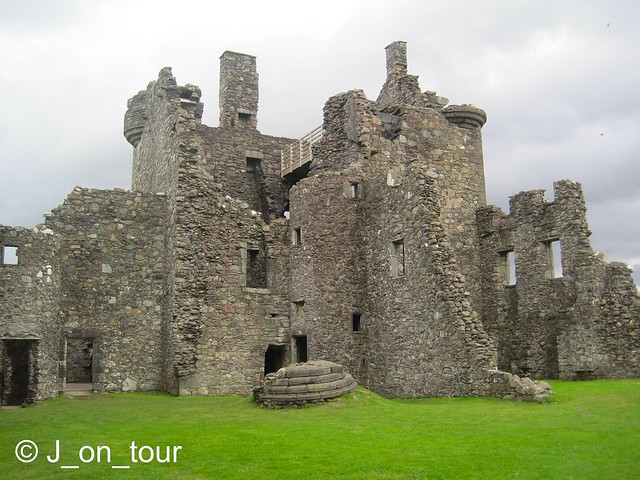
Kilchurn Castle was built in the 15th century by Colin Campbell and was originally meant to be a five storey tower. Improvements, additions and repairs were carried out over the next 2 centuries which included the facility for housing 200 soldiers. The round stone structure in the centre of the photo (above) was originally part up the upstairs masonry that was struck by lightning in 1760 and landed upside down. The castle was damaged by the constant raids of the MacGregors on the Campbells and was finally abandoned during the 18th century.
One thing I did think needed to be abandoned today was this French Horn player. It was a great idea to play in an ancient castle but maybe not to play a few random notes then constantly move around the building looking for the seemingly unachievable location.
It was time to go higher in search of the views and architecture. The Loch Awe hotel I spoke about in the previous post is shown through a window...
As a castle, the walls would have been difficult to scale and in similar historical circumstances to predators falling from the walls in defeat from the defenders, so I half expected this German traveller with less than appropriate footwear to follow in the rich tradition of the place. The lengths people go to to plan their escape to avoid a history lesson !





